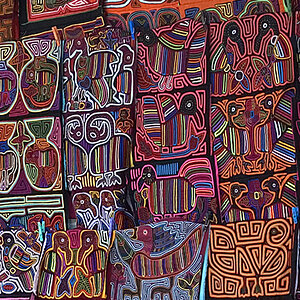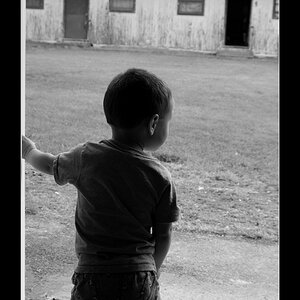c_lawrence
TPF Noob!
- Joined
- Feb 23, 2008
- Messages
- 71
- Reaction score
- 0
- Location
- Winder, GA
- Can others edit my Photos
- Photos NOT OK to edit
So, I've read through many threads on TPF and many other sites online and have learned a lot about model and property releases. However, one question I can't seem to find a concrete answer to is whether model and property releases are required when using a photo in a portfolio (both hardcopy and online). I know there are a lot of readers who have an 'idea' or 'opinion' or 'think' they know the answer - and as much as I enjoy hearing from everyone - it would really be helpful if someone KNOWS this answer... maybe has consulted an attorney or has an attorney friend... or IS an attorney  .
.
Most importantly... I am in the USA - Georgia - so answers specific to this country/state would be greatly appreciated!
Thanks
Most importantly... I am in the USA - Georgia - so answers specific to this country/state would be greatly appreciated!
Thanks




![[No title]](/data/xfmg/thumbnail/32/32805-61ca9a4fb87d37c0ef4f991ac1705e1f.jpg?1619735667)






![[No title]](/data/xfmg/thumbnail/32/32630-d78de94d84be2acf57d5e0923482b4da.jpg?1619735552)
![[No title]](/data/xfmg/thumbnail/35/35931-5e10675f3f7d827bc7ae4689f16bda8a.jpg?1619737234)
![[No title]](/data/xfmg/thumbnail/32/32806-e16129723fd659a65a21d27ec96c2637.jpg?1619735667)